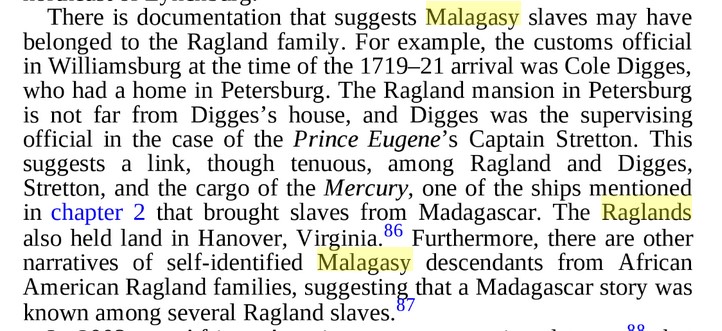Meghan Markle, Caroline Randall Williams and the Malagasy slaves
My skin is a Confederate monument, said Caroline Randall Williams in a widely read New York Times op-ed. Although being preponderantly white (i.e. European-American) she says:
I am a black, Southern woman, and of my immediate white male ancestors, all of them were rapists. My very existence is a relic of slavery and Jim Crow.
Slavery started in what is today the U.S. with white slaves. The word kidnapping literally means snatching children and taking them for sale overseas. In those days children were abundant and considered of limited value.
Perhaps half of the early European-American population consisted of slaves kidnapped (shanghaied) in Britain, Ireland and elsewhere. When African-American slaves started to be imported from the Caribbean and directly from Africa, they proved more robust and were considered more valuable than the Europeans.
Not only sex led slave owners to rape women. In order to increase their wealth, some systematically impregnated the women in order to obtain numerous offspring. They did not hesitate to treat and sell their own children as slaves.
Consequently, the African-American population became lighter-colored. While the descendants of European slaves managed to shed their origins and gained the status of scions of free immigrants, the children of the African-American slaves did not succeed because their skin color betrayed their origins.
It is often irritating – for a foreigner – to hear Americans being considered or considering themselves as “black” whose skin color is as light as that of a southern European. Both Meghan Markle and Caroline Randall Williams seem to belong into that category.
The descendants of the European slaves became hyperdescent (Hyperdescent is the practice of classifying a child of mixed race ancestry in the more socially dominant of the parents' races) whereas African Americans are subjected of the opposite hypodescent (the practice of classifying a child of mixed race ancestry in the more socially subordinate parental race).
So much for a somewhat weird science. Brazilian vernacular is said to know two dozen different terms for shades of skin color.
Meghan Markle’s mother is Doria Ragland, bearer of a famous surname. All American Raglands are said to be descendants of Evan Ragland, a son of Welsh aristocracy residing in Raglan Castle in Somerset. He was kidnapped as a child in about 1670, carried across the ocean to Virginia, and sold as a slave (polite term: indentured servitude) to Stephen Pettus of New Kent County for a period of five to seven years. With his high level of education he was able to buy his freedom early. About 1680 he married his former master's daughter, Susanna Pettus and inherited the plantation and acquired wealth.
Incidentally, another Pettus, Edmund, was a Confederate General and Grand Dragon of the Ku-Klux-Klan and, according to Randall Williams, her grand-grand-grandfather.
The descendants of Evan Ragland established themselves as planters in Virginia and developed a penchant for slaves imported from the island of Madagascar.
"Black" Raglands migrated from Virginia to Ohio where they established themselves as a quite sizable clan. Doria Ragland, born in Cleveland, Ohio, is stepdaughter of Alvin Azell Ragland, an antiques dealer.
By a curious twist of history, the Ragland Mansion in Petersburg, VA, built in the 1850s with Reuben Ragland’s wealth partly based on dealing in Malagasy slaves, was in the 1990s bought by a Malagasy, Marie Yolande Bezaka, a former diplomat and daughter of Alexis Bezaka, then mayor of Tamatave, the large port city from which most slave traders had sailed to America. Yolande Bezaka knew that Reuben Ragland had been a slave trader but ignored the Malagasy background of her property.
Madagascar has s long and sad history of slavery not only of exports but also of massive imports from Mozambique. Although officially abolished in the 19th century, discrimination of the Mainty, the descendants of freed slaves, still persists among highland tribes.
Heinrich von Loesch
Blackfishing: 'Black is cool, unless you're actually black'


